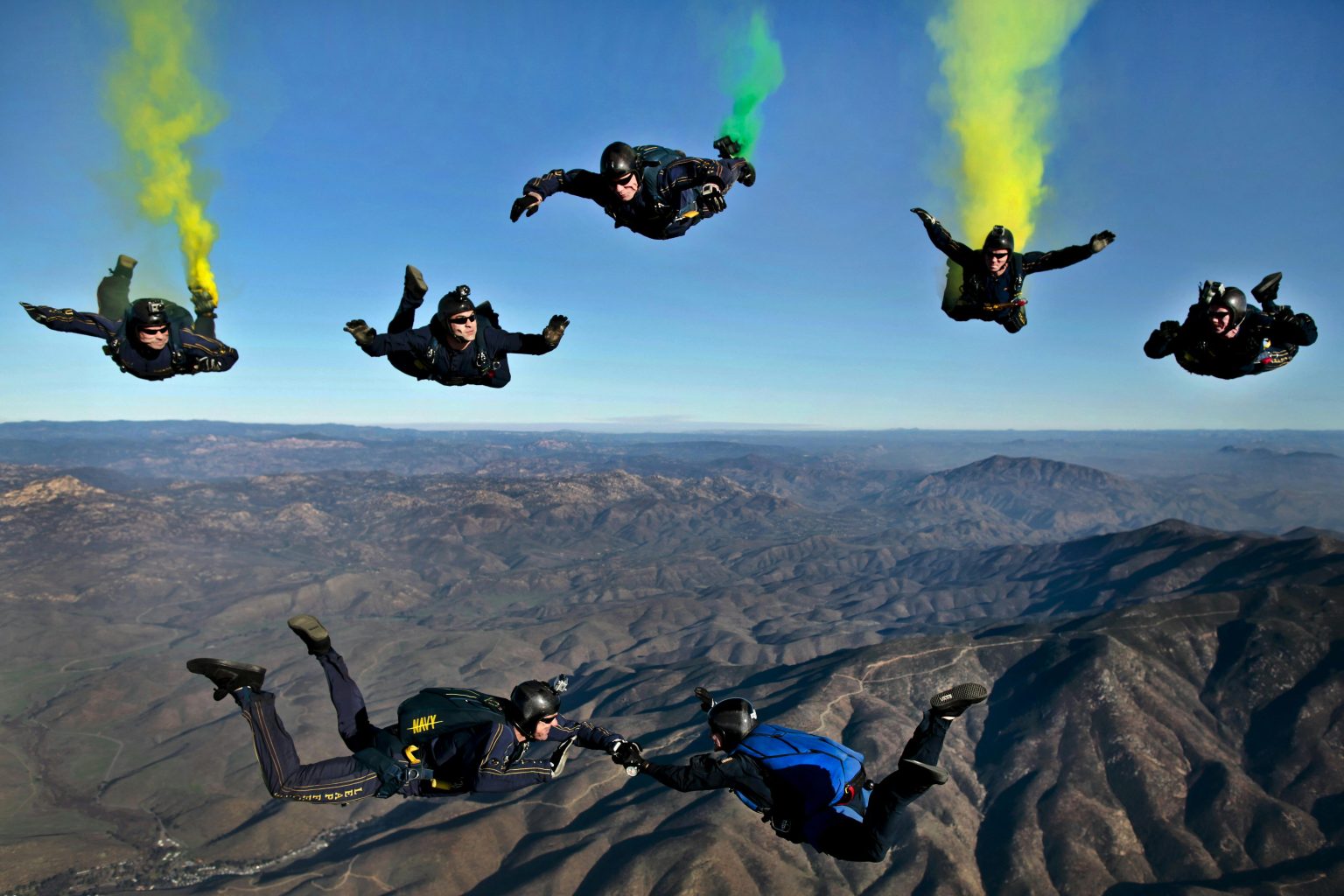So, you’ve decided to finally check skydiving off your bucket list. First off—congratulations! Skydiving is not just a thrill; it’s an unforgettable experience that challenges your comfort zone in the best way possible. But before you suit up and leap into the blue, there are a few important things you should know to ensure your jump is both safe and memorable.
This article walks you through how to prepare for your first skydive, what safety measures to look for, how equipment works, and why FAA-certified instructors are a must. By the end, you’ll feel fully informed—and yes, even more excited—for the jump of a lifetime.
Why Skydiving Is Safer Than You Think
Let’s address the elephant in the plane: Is skydiving safe?
Yes, absolutely—when done right.
Modern skydiving is highly regulated and follows strict safety protocols. According to the United States Parachute Association (USPA), the fatality rate in the U.S. is roughly 0.28 per 100,000 jumps. That’s less than 1 in 357,000. In short, skydiving is statistically safer than driving to your drop zone.
Here’s why:
Professional regulation: The Federal Aviation Administration (FAA) oversees skydiving operations in the U.S. All gear and personnel must comply with FAA rules.
Rigorous training: Instructors are certified and trained extensively in tandem jumping, emergency protocols, and parachute operation.
High-quality equipment: All skydiving gear—main parachutes, reserve chutes, and automatic activation devices (AADs)—are inspected regularly.
Step 1: Choose a Certified Drop Zone
Start with a search for skydiving near me, but don’t just book the first place that pops up. Look deeper.
Your top priority should be choosing a USPA Group Member drop zone or one that follows FAA and international safety guidelines. These centers are held to higher standards in safety, instruction, and equipment maintenance.
Red flags to avoid:
No mention of certifications on the website
Vague descriptions of training or instructors
Unrealistically low prices (if it sounds too good to be true…)
Step 2: Understand the Gear
When you go tandem skydiving (the most common option for first-timers), you’re strapped to an experienced instructor who manages all technical details. But it’s still helpful—and calming—to understand what you’ll be using.
Standard skydiving gear includes:
Main parachute – The one you’ll float with (deployed around 5,000 feet).
Reserve parachute – A backup that’s inspected and repacked by certified riggers.
AAD (Automatic Activation Device) – Automatically deploys the reserve if you’re at low altitude and haven’t opened the chute.
Harness and container – Keeps everything securely attached to your body.
Altimeter – Measures altitude (digital or analog).
Jumpsuit, helmet, and goggles – For comfort and protection during the dive.
If you’re especially nervous, ask the staff to walk you through the equipment before your jump. Most are happy to help—it’s part of their job to make you feel safe.
Step 3: Know What to Expect on Jump Day
✅ Arrival & Check-In
Arrive early—usually an hour or two before your scheduled time. You’ll fill out waivers, watch an orientation video, and meet your instructor.
✅ Suiting Up
You’ll be fitted with your jumpsuit and gear. The instructor will give a safety briefing, including body position tips for exiting the plane and landing.
✅ The Ride Up
You’ll board a small aircraft and climb to around 10,000–14,000 feet. Expect about 15–20 minutes of scenic ascent. Your instructor will check everything one last time.
✅ The Jump
Ready? You’ll exit the plane strapped to your instructor. Freefall lasts 30–60 seconds, followed by 4–7 minutes of parachute glide. It’s loud, exhilarating, and then incredibly peaceful.
Step 4: Prepare Yourself Mentally and Physically
Sleep well the night before. A rested body handles adrenaline better.
Eat light but don’t skip food—you’ll need energy.
Dress in layers. Temperatures are cooler at altitude.
Avoid alcohol or drugs within 24 hours of your jump.
Most importantly: relax. You don’t need to be a daredevil. The whole point of tandem skydiving is that your instructor handles everything technical. Your job is to enjoy the ride.
Step 5: Ask Questions and Speak Up
Still nervous? That’s normal. Talk to your instructor. Ask about their experience, safety protocols, and emergency procedures.
Example questions to ask:
How many jumps have you done?
What safety checks do you do before a jump?
How often is the gear inspected?
Good instructors won’t just answer—they’ll appreciate your interest.
Step 6: Capture the Moment (Optional but Worth It)
Most drop zones offer video and photo packages. You’ll be filmed during the freefall and landing, often with a GoPro attached to the instructor’s wrist or helmet.
Yes, it’s an upsell—but it’s usually worth it. You’ll want proof you actually jumped out of a plane!
Final Thoughts: Skydiving Is a Safe Adventure—If You’re Smart About It
Skydiving isn’t just safe—it’s well-structured, professionally managed, and designed for thrill-seekers of all kinds, even nervous first-timers. The key is choosing a reputable location, asking questions, and understanding the process.
So go ahead, pick a certified provider, and prepare for one of the most incredible feelings you’ll ever experience.
FAQs: Skydiving Preparation Guide
Is skydiving safe for first-timers?
Yes. Tandem skydiving is specifically designed for beginners and is incredibly safe when done with FAA-certified instructors and regulated equipment.
How do I find a good place to skydive?
Search [skydiving near me], then check for USPA or FAA certifications. Read reviews, compare facilities, and don’t be afraid to call and ask questions.
What should I wear for skydiving?
Comfortable clothing and sneakers. Avoid sandals, boots, or anything bulky. You’ll likely be given a jumpsuit to wear over your clothes.
Do I need any training?
For tandem jumps, no. Your instructor will handle the technical side and give you a quick pre-jump briefing. You just need to listen and follow simple instructions.
How long does the whole experience take?
From arrival to landing, expect 2–4 hours. Weather delays and air traffic can affect timing.
What happens if the main parachute fails?
There’s a reserve parachute packed by a certified rigger. On top of that, AADs (automatic activation devices) will deploy the reserve if needed. It’s rare, but fully prepared for.
Now that you’re ready, what are you waiting for?



